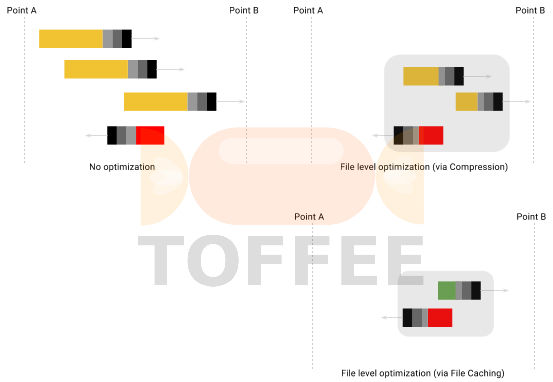RESEARCH 》 CDN Hosting
It is quite interesting that there are few web hosting firms are offering direct CDN based hosting services. Since it is a direct CDN based hosting, it is cheap, extremely easy or transparent CDN service. It is transparent, since each time you publish your content in the hosting web-server (origin server), it is immediately is in sync automatically in the user-serving CDN caching machines.
Since the hosting vendor and the CDN vendor are all the same, it is also easy to use their services. There is no incompatibility issues, interoperability issues, and better integrated analytics, are all the benefits of CDN Hosting services.
Although it is not so much suited for large enterprise websites and web-portals, it is still perfectly suitable for small and medium firms, and SOHO business websites. Since as said above in simple terms it solves the problem of complications in deployment, implementation and so on. Right from day one, they get web-hosting coupled with CDN services all under one room from the same firm, hence the name CDN Hosting.
Suggested Topics:
Generic CDN
Building my own CDN
| 💎 TOFFEE-MOCHA new bootable ISO: | Download |
| 💎 TOFFEE Data-Center Big picture and Overview: | Download PDF |

Saturday' 13-Mar-2021
Featured Educational Video:

Saturday' 13-Mar-2021
Research :: Optimization of network data (WAN Optimization) at various levels:

Learn Linux Systems Software and Kernel Programming:

Hardware Compression and Decompression Accelerator Cards:

TOFFEE-DataCenter on a Dell Server - Intel Xeon E5645 CPU:




